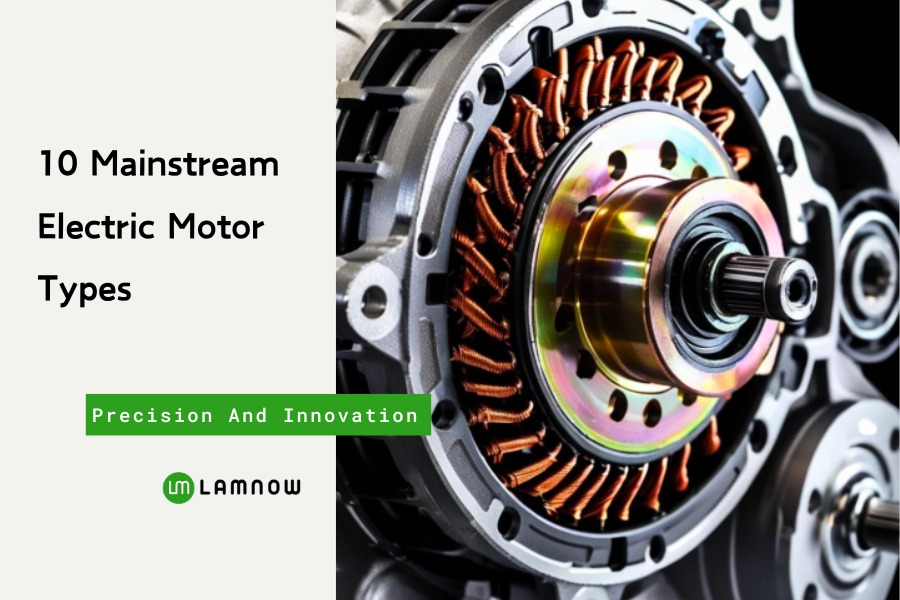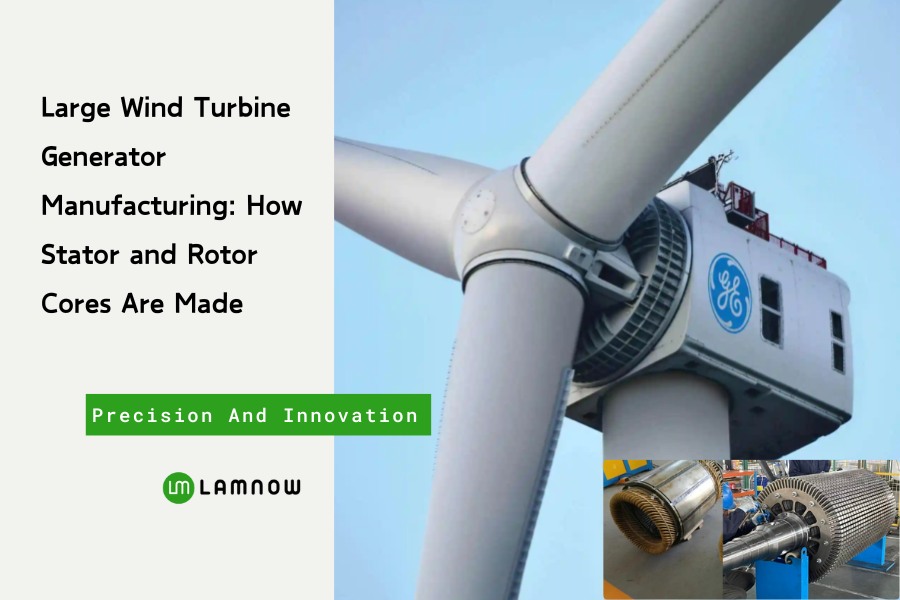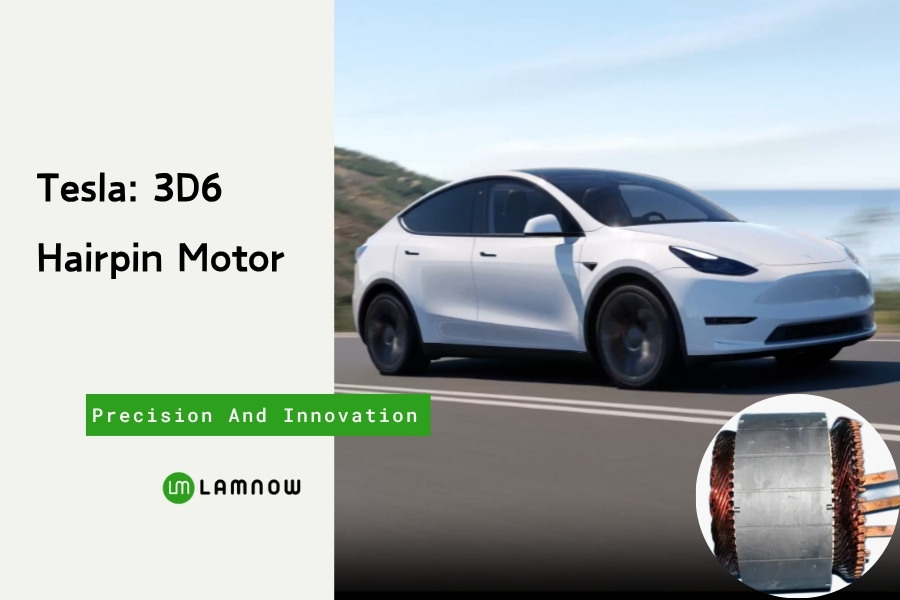Have you often heard terms like “brushless,” “servo,” or “reluctance motor” and felt confused about the differences? As the “heart” of various machines, motors come in many types, each with its own strengths. This article will walk you through 10 mainstream electric motor types and their typical applications.

Axial Flux Motor
The axial flux motor uses a unique topology where the magnetic flux flows parallel to the motor shaft, unlike traditional radial flux motors, where the flux flows perpendicular to the shaft.

Features
High power and torque density
Compact and lightweight structure
High efficiency
Applications
Axial flux motors have already entered a range of high-end electric vehicles.
YASA, a UK-based company, supplies axial flux motors for the Mercedes-AMG EQS 53 4MATIC+, mounted on the rear axle to enable high-performance all-wheel drive.

Magnax designs axial motors for lightweight electric aircraft and electric motorcycles.
Evolito focuses on axial flux solutions for eVTOLs, drones, and urban air mobility (UAM) vehicles.
Want to learn more about the structure and applications of brushless DC motors (BLDC)? Click here: Learn more about Axial flux motor
Permanent Magnet Synchronous Motor (PMSM)
A permanent magnet synchronous motor uses magnets to generate a constant magnetic field, and its rotor spins in sync with the frequency of the current in the stator windings. A typical PMSM includes a stator, rotor, and end covers.

There are two main types of PMSMs: interior permanent magnet motors (IPM) and surface-mounted permanent magnet motors (SPM).
IPM Motor
In an IPM motor, the magnets sit inside the rotor core, away from the air gap. The rotor iron surrounds the magnets for protection, improving mechanical strength and reliability. However, this design requires more complex manufacturing processes.

SPM Motor
In an SPM motor, magnets are typically arc-shaped and bonded directly to the surface of the rotor core using strong adhesives. To prevent magnets from flying off under centrifugal force, manufacturers wrap the outer surface with a non-magnetic sleeve or fiberglass tape.
Thanks to their lower torque ripple, SPM motors run more smoothly. Their simple structure and ease of maintenance make them popular in marine propulsion systems.
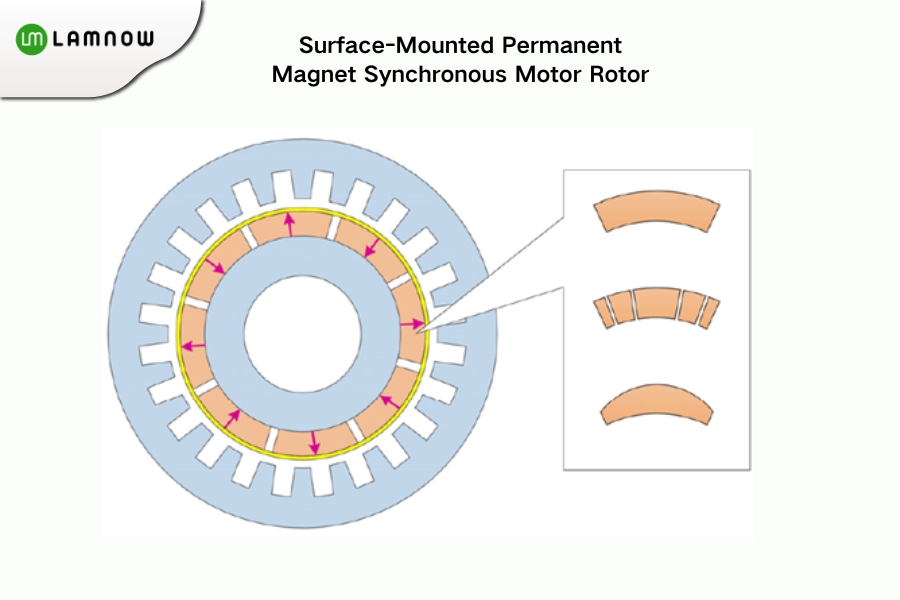
Features
High efficiency
Excellent dynamic response
Low noise
Applications
PMSMs are widely used in electric vehicles, industrial automation, aerospace systems, and home appliances.

Brushless DC Motor (BLDC Motor)
A brushless DC motor uses electronic commutation instead of mechanical brushes. It relies on Hall sensors or magnetic encoders to detect the rotor position, while the controller adjusts the current in real time to drive the motor efficiently. The motor mainly consists of a stator, a rotor, and an optional position sensor.

There are two main structural designs: inner rotor and outer rotor.
In an outer rotor BLDC motor, permanent magnets are attached to the inner wall of the housing. When the motor runs, the outer shell rotates while the stator windings remain stationary inside.

In contrast, an inner rotor design places the permanent magnets on a rotor shaft that spins inside a fixed outer stator. Simply put: the rotor spins inside, and the stator stays on the outside.

Key Features
Eliminates brushes and mechanical commutation found in traditional brushed DC motors
Higher efficiency
Longer lifespan
Lower noise
Minimal maintenance
Applications
You can find BLDC motors in hub drives for electric vehicles. They also power drones, home appliances, industrial automation equipment, and medical devices.
Want to learn more about the structure and applications of brushless DC motors (BLDC)? Click here: Learn more about BLDC motors
Brushed DC Motor
A brushed DC motor operates on direct current and uses mechanical brushes and a commutator to switch the direction of current in the rotor windings. The stator holds fixed field magnets and brushes, while the rotor includes an armature winding and commutator segments.

Key Features
Simple control and strong starting torque
Low cost and easy maintenance
Convenient speed adjustment
Applications
Bosch uses small brushed DC motors in its power tools to drive drills and saws.

Toyota integrates brushed motors into its windshield wiper systems for reliable back-and-forth motion.
Household devices like vacuum cleaners, hair dryers, and motorized curtains also commonly use brushed motors, striking a balance between cost and performance.
Induction Motor
Also known as an asynchronous motor, the induction motor is a type of AC motor. Depending on the number of power supply phases, it can be classified into single-phase and three-phase motors. Its core components include a stator and a rotor, along with end covers, bearings, and a motor housing.

Key Features
Simple and robust structure
Compact size and light weight
Fewer auxiliary parts, easy operation and maintenance
Applications
Tesla’s first mass-produced electric vehicle, the Roadster, used a traditional three-phase induction motor. It featured a four-pole configuration, rated at 375V, delivering high power and torque.
The standard induction motor reached a peak power of 185kW and 14,000 RPM. The high-performance version reached 215kW, 13,000 RPM, and 430Nm of torque, with a power density of 2.25kW/kg. These specifications gave the Roadster outstanding acceleration and driving performance.

Reluctance Motor
A reluctance motor generates torque by taking advantage of differences in magnetic reluctance. It has a simple structure and doesn’t require permanent magnets, making it well-suited for high-temperature environments.

Reluctance motors offer high efficiency, reliability, and low cost. Common types include synchronous reluctance motors (SynRM) and switched reluctance motors (SRM).

Key Features
Simple design and low manufacturing cost: the rotor contains no windings or magnets, making it easy to produce and ideal for high-speed or high-temperature use
High reliability and environmental resistance: no magnets means no risk of demagnetization, and the rotor doesn’t generate heat through current
Fast response and suitable for variable-speed drives: performs well in mid-to-high speed ranges when paired with a frequency converter
Applications
More and more industries and EV manufacturers are adopting reluctance motors.
ABB developed IE5-efficiency SynRM motors, now widely used in pumps, fans, and industrial compressors for energy savings.

BMW uses an electrically excited synchronous reluctance motor in its iX3, combining magnetic reluctance with excitation coils. This design improves stability and helps reduce rare earth usage.
Stepper Motor
A stepper motor is a type of discrete control motor that rotates its rotor by a fixed angle—called the step angle—each time it receives an electrical pulse. This allows for highly accurate position control without complex feedback systems.

Key Features
Operates in open-loop mode and achieves precise positioning without feedback
Delivers high torque and stable low-speed performance, making it ideal for precise control
Simple structure and low cost, widely adopted in both industrial automation and consumer electronics
Applications
The most common stepper motor types include Permanent Magnet (PM) stepper motors, Variable Reluctance (VR) stepper motors, and Hybrid (HB) stepper motors. Each type suits different levels of torque, speed, and control resolution.
Servo Motor
A servo motor provides precise control over position, speed, and torque, and plays a central role in modern motion control systems. The complete servo system typically includes the motor body, an encoder for position feedback, and a dedicated servo drive.

Key Features
High-precision closed-loop control
Sensitive torque response and smooth motion
Supports multiple control modes including position, velocity, and torque
Applications
FANUC integrates servo motors into its CNC machine tools to enable ultra-precise positioning and machining.
YAMAHA uses servo motors in its SMT pick-and-place machines to achieve fast and accurate X/Y/Z movement.
YASKAWA servo motors are widely deployed in industrial robots, automated material handling systems, and packaging machinery.

Superconducting Motor
A highest top speed motor uses superconducting materials in the windings or rotor components. These materials exhibit zero electrical resistance and perfect diamagnetism (the Meissner effect) when cooled below a critical temperature, allowing for highly efficient electromagnetic performance.

Key Features
Delivers ultra-high power density, energy efficiency, and minimal energy losses
Greatly reduces copper and core losses, enhancing system-level performance
Achieves compact size and high output power simultaneously
Applications
Toshiba (Japan) and Airbus (Europe) announced a joint program to develop superconducting motors for hydrogen-powered aircraft. These next-gen motors aim to reduce weight, boost range, and improve the energy efficiency of future aviation systems.

Cooled Motor
A liquid-cooled motor uses a fluid-based cooling system to manage heat buildup during operation. Compared to conventional air-cooled designs, liquid cooling offers significantly better thermal efficiency and allows motors to sustain high loads and high power output for longer periods.
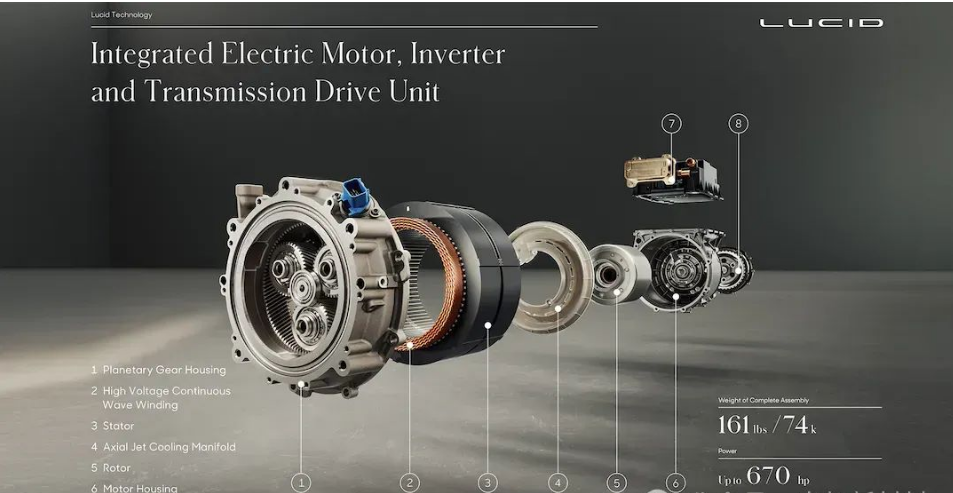
These systems may use water, oil, or glycol-based solutions. Cooling methods include external jackets, internal cooling channels, or direct immersion cooling of the stator or rotor.
Engineers at Lucid Motors discovered that magnetic “dead zones” between windings provide ideal locations for slim cooling ducts. These channels pull heat away from the copper windings at their source. Through pinhole outlets, the oil sprays directly onto exposed copper, removing heat more effectively.
Huawei developed intelligent oil-cooling for motors that lowers core component temperatures by 15°C. Their AI-optimized system balances performance and comfort, delivering class-leading 78 dB NVH and whisper-quiet operation comparable to a library.

With so many different types of motors available, have you found the one that fits your application?
From energy efficiency to high-performance precision, each motor technology offers its own unique advantages. Understanding them helps you make better design and selection decisions across automotive, industrial, and consumer applications.
Motor Lamination – Choose Lamnow
Lamnow specializes in providing a wide range of stamping services, including progressive die stamping, compound stamping, and rotary slotting. Our advanced facilities use cutting-edge technologies and precision tooling to produce high-quality motor laminations.

With deep expertise in various stamping techniques, we meet unique design requirements and help motors achieve optimal performance and efficiency.
Are you looking for a professional, reliable, and efficient motor, generator, and transformer lamination manufacturing partner? Feel free to contact us. Send us your drawings—we offer motor compound stamping, progressive stamping services and expert recommendations.

